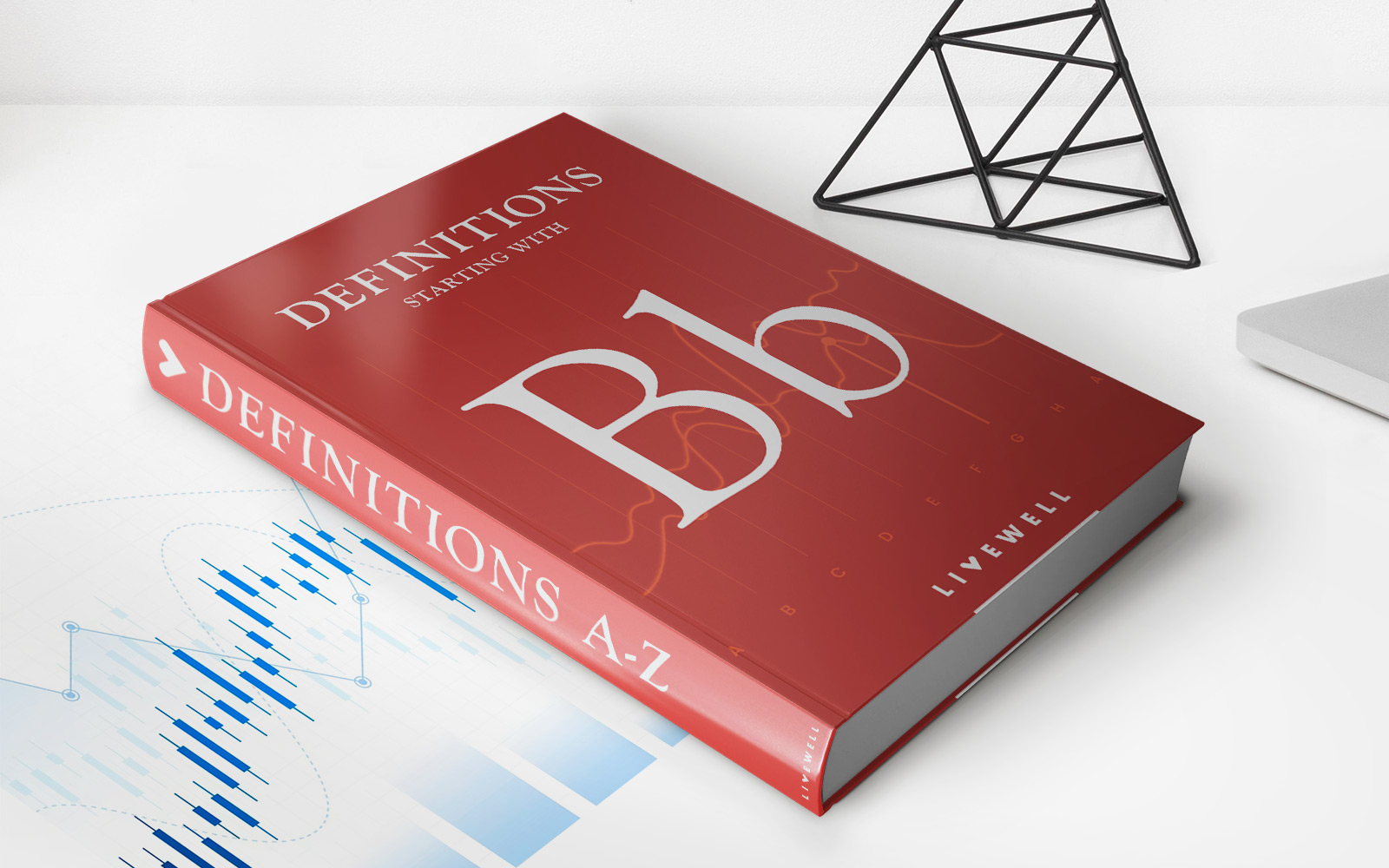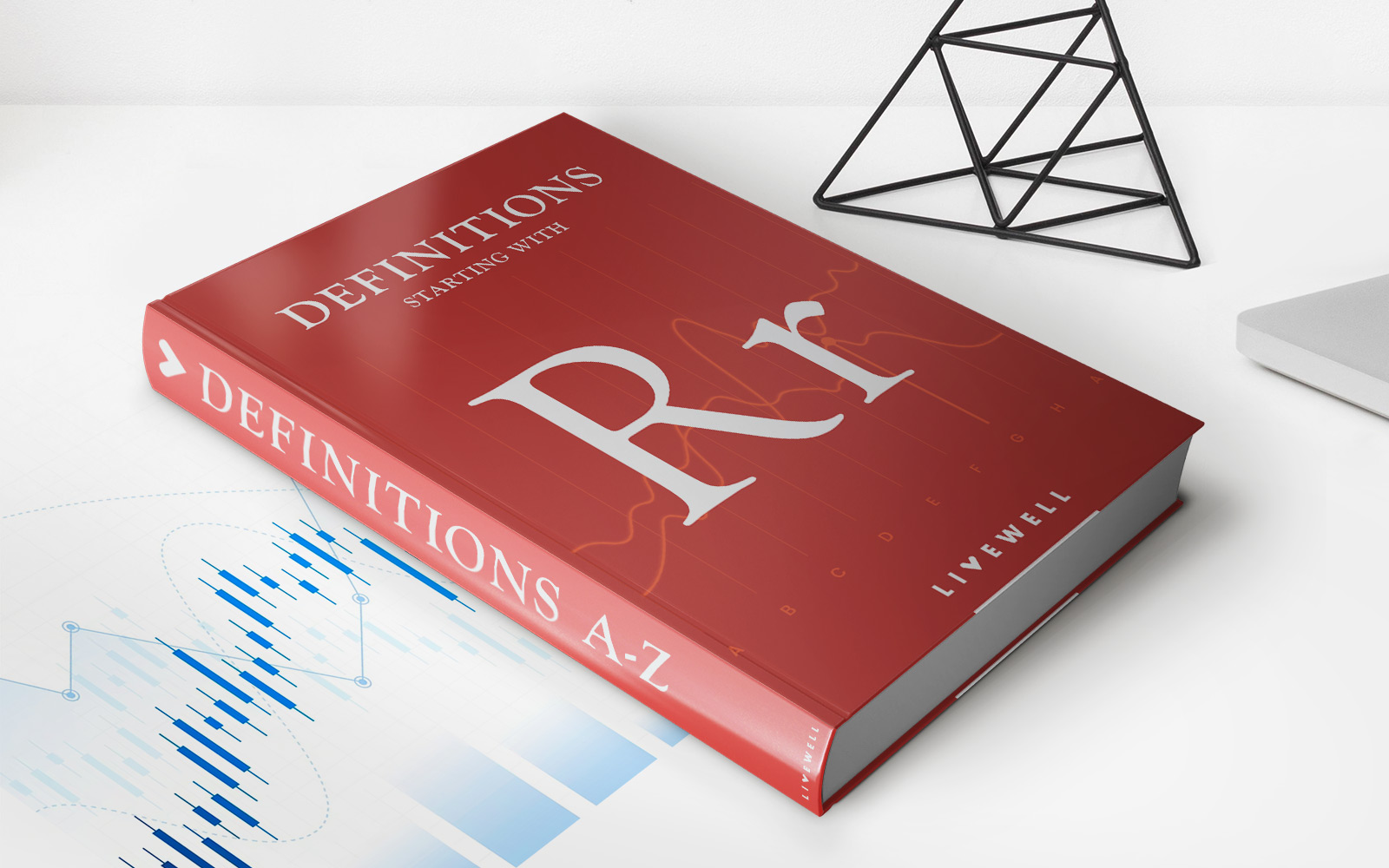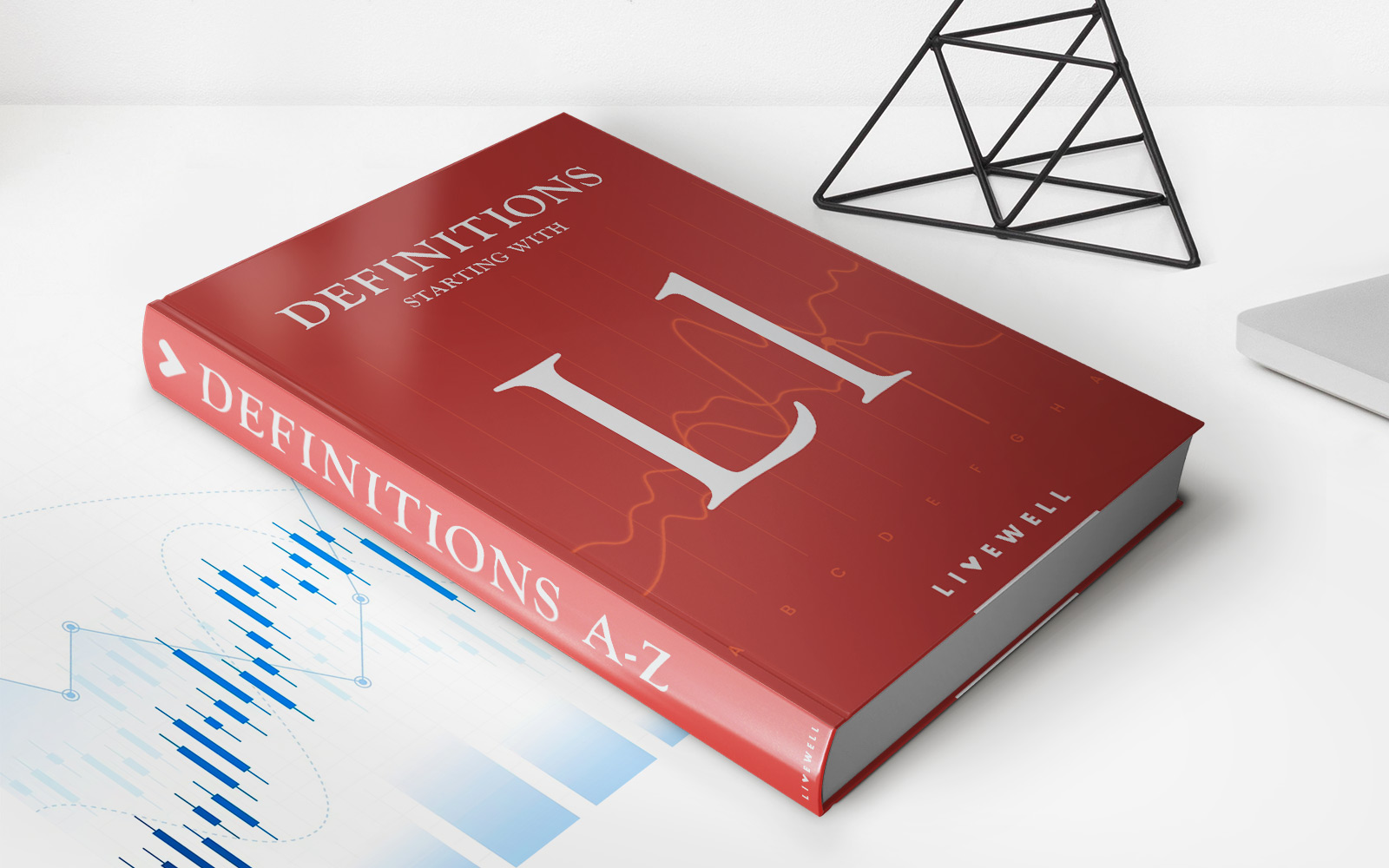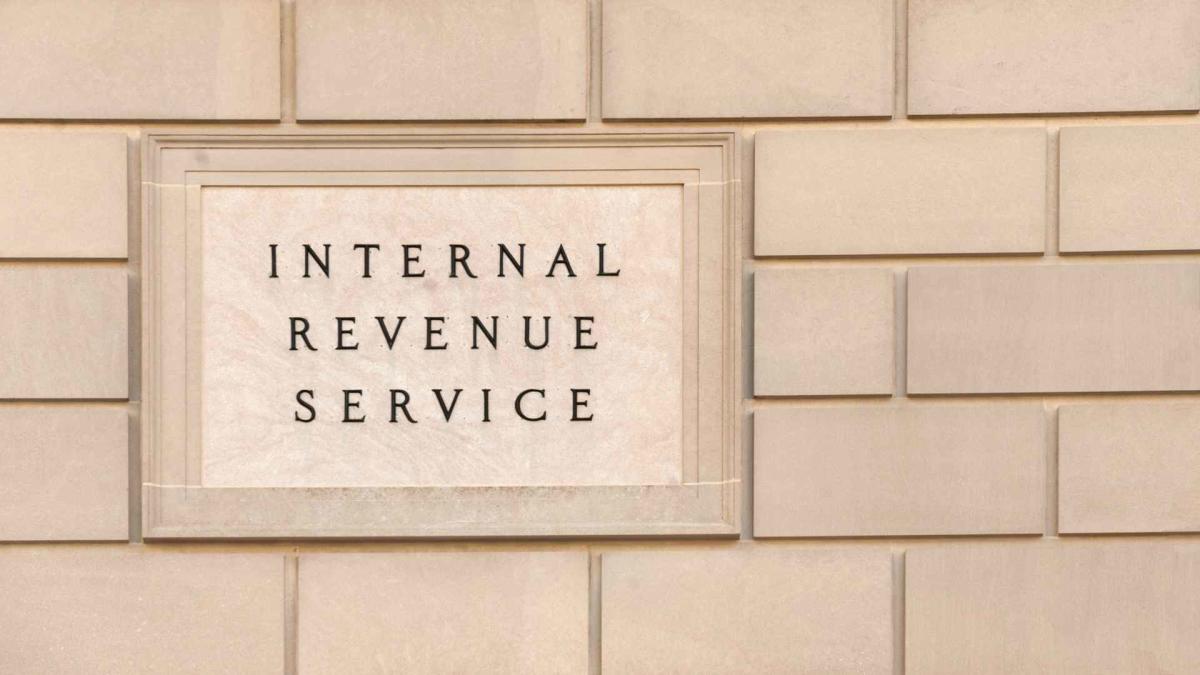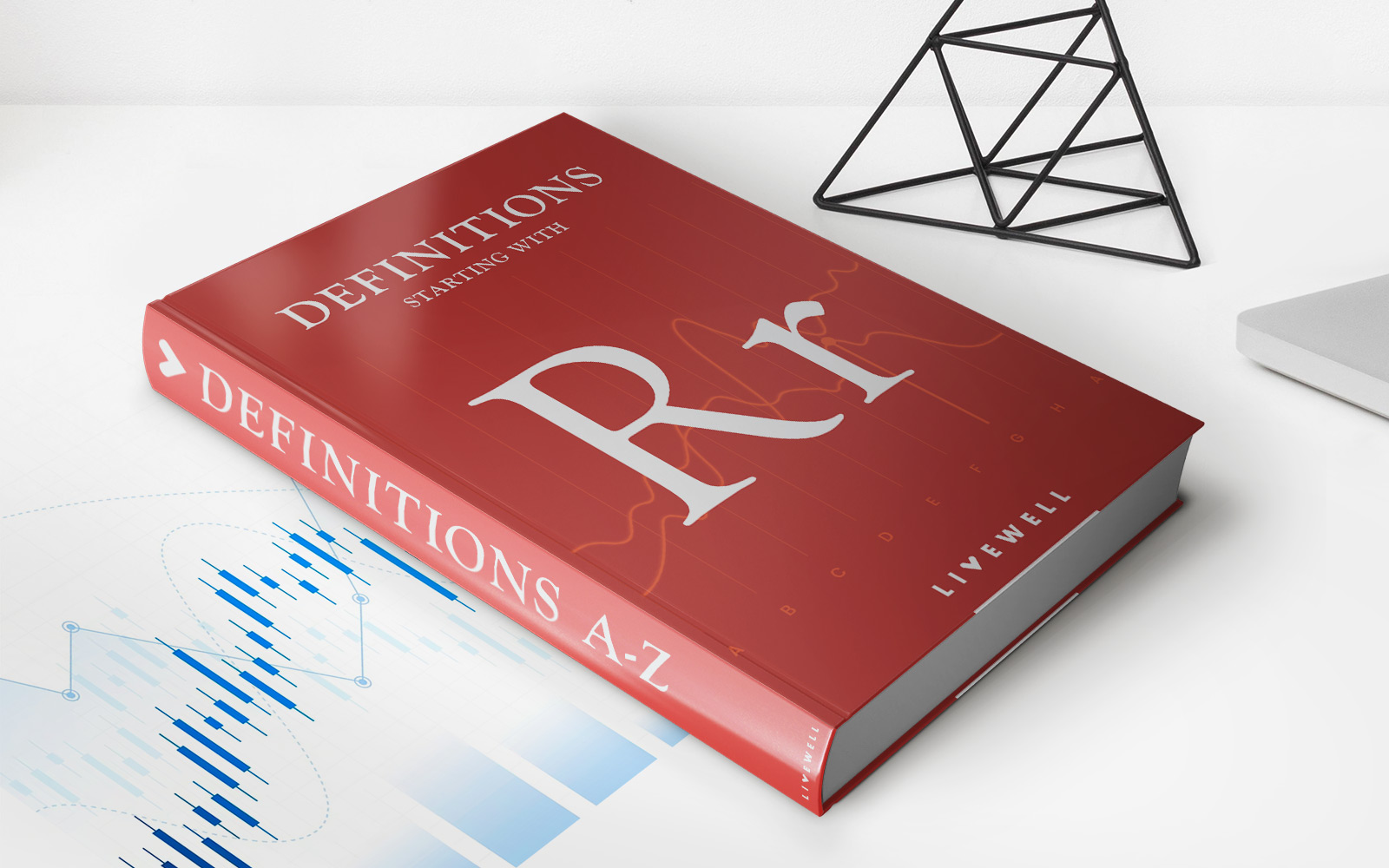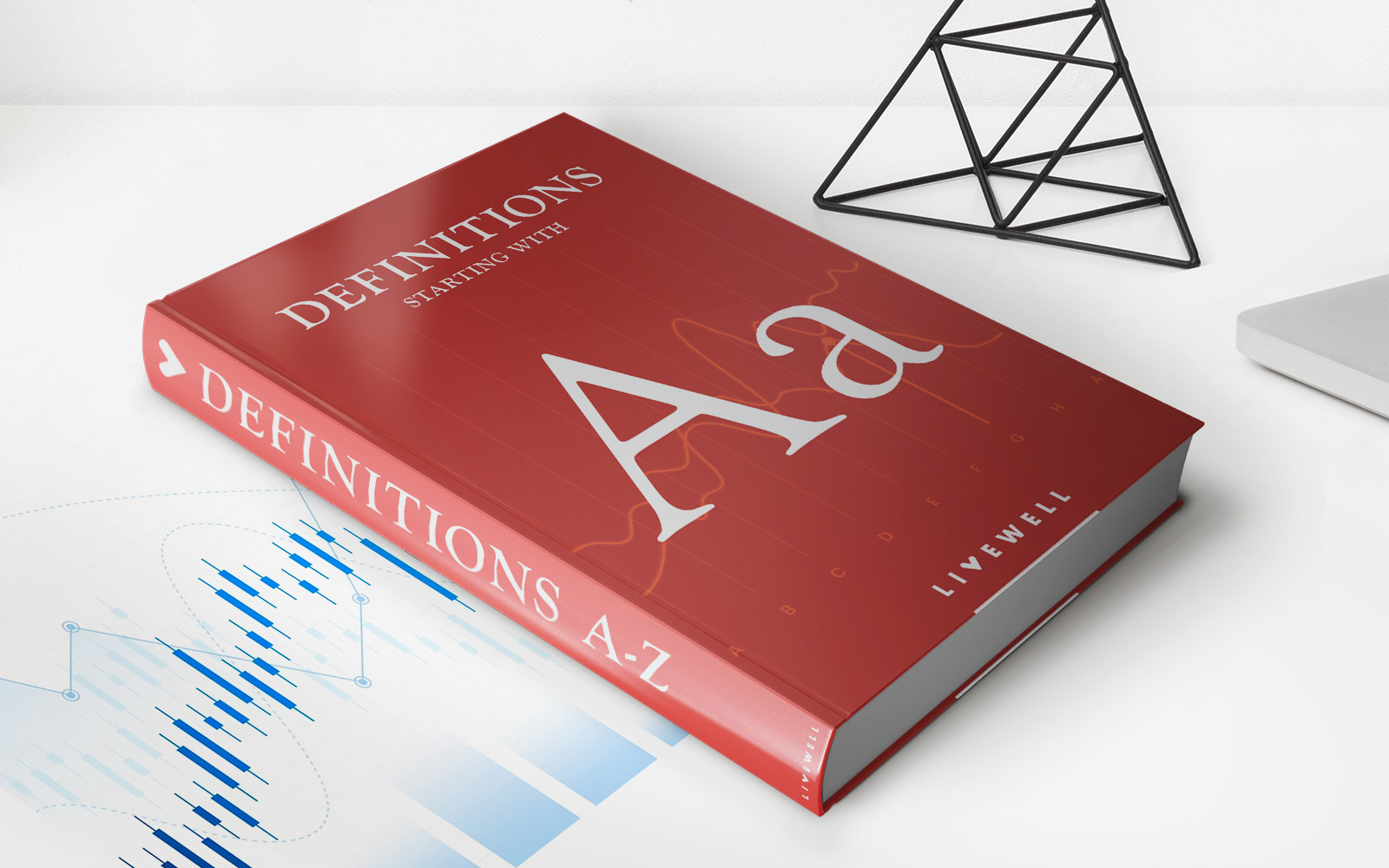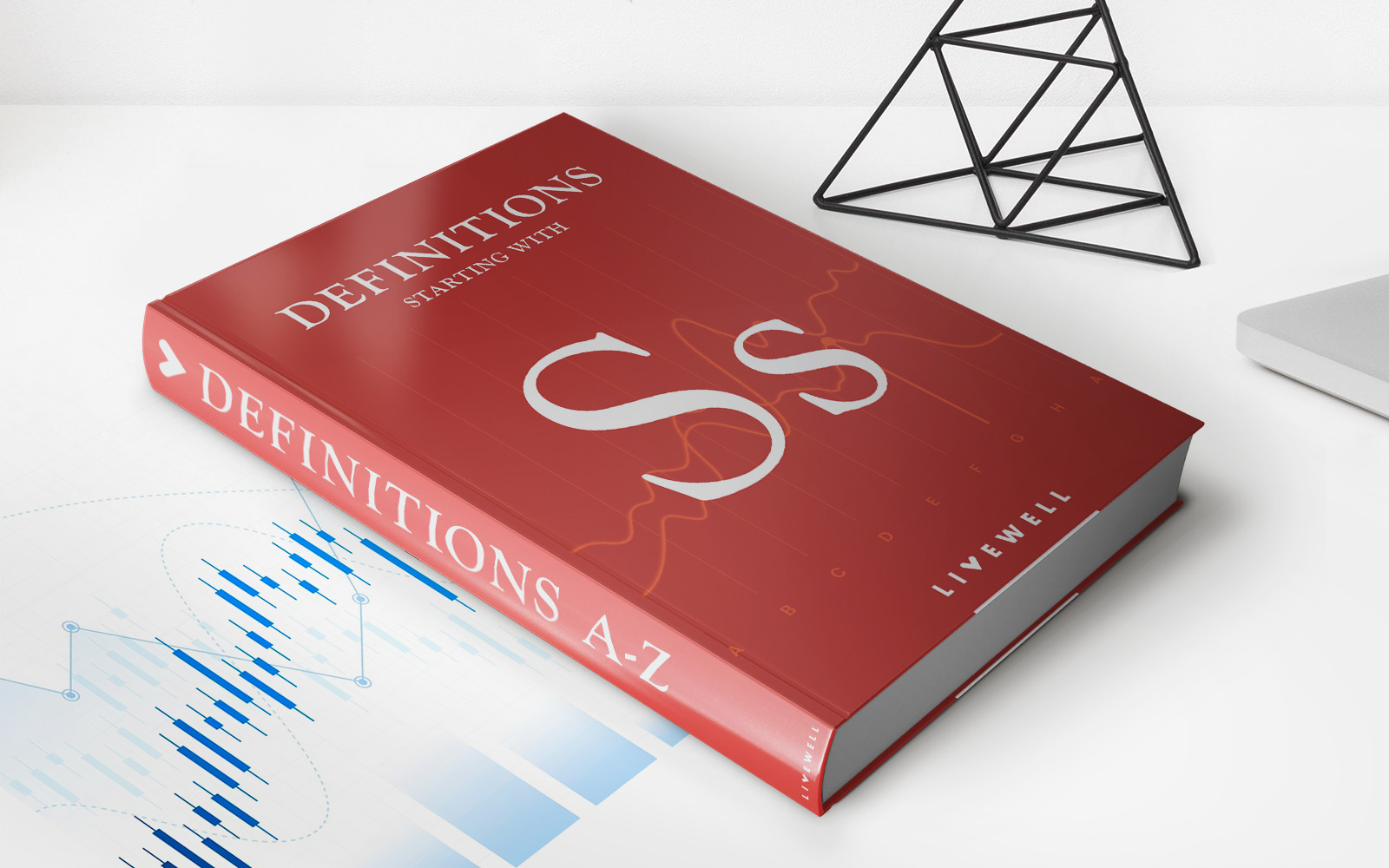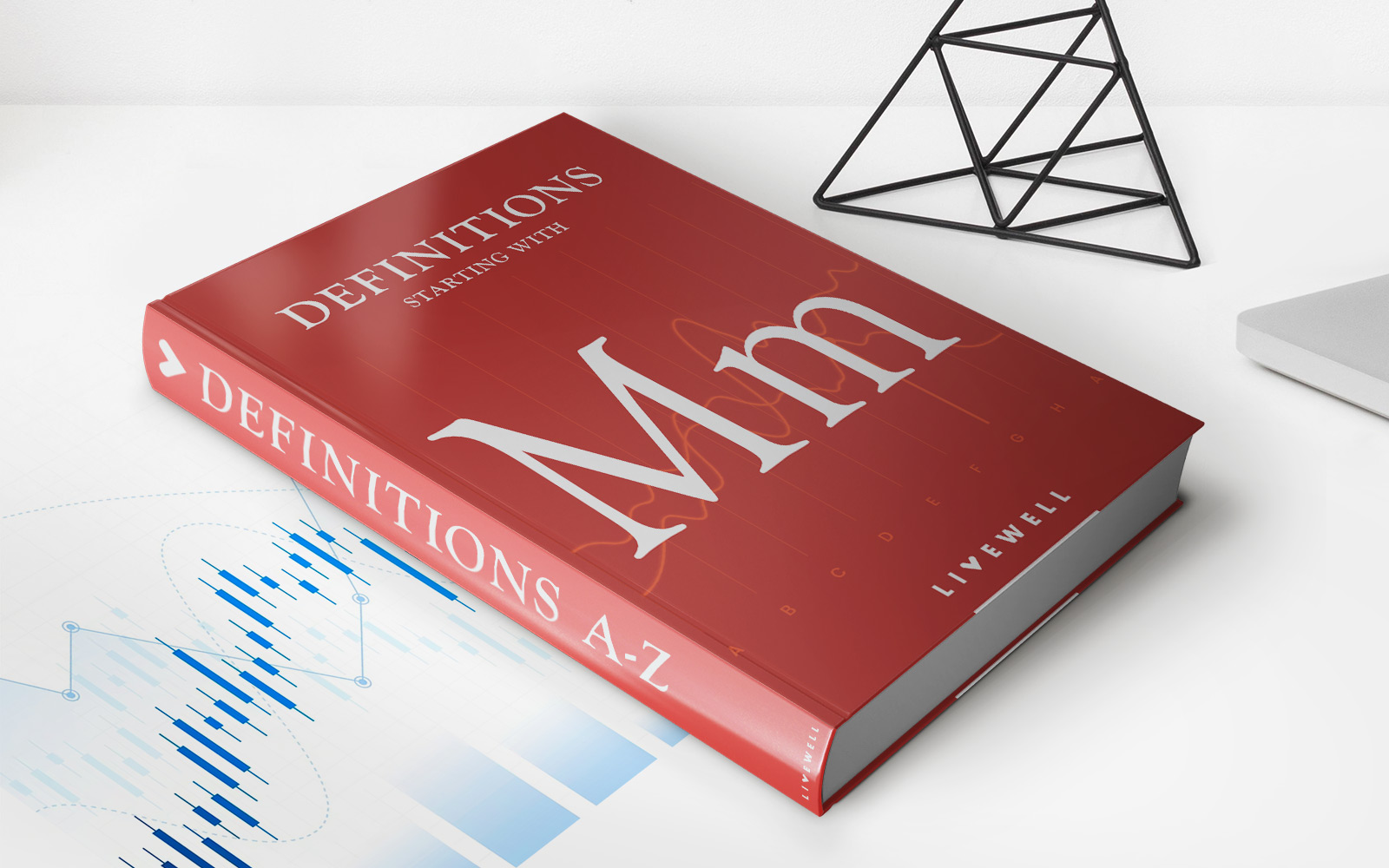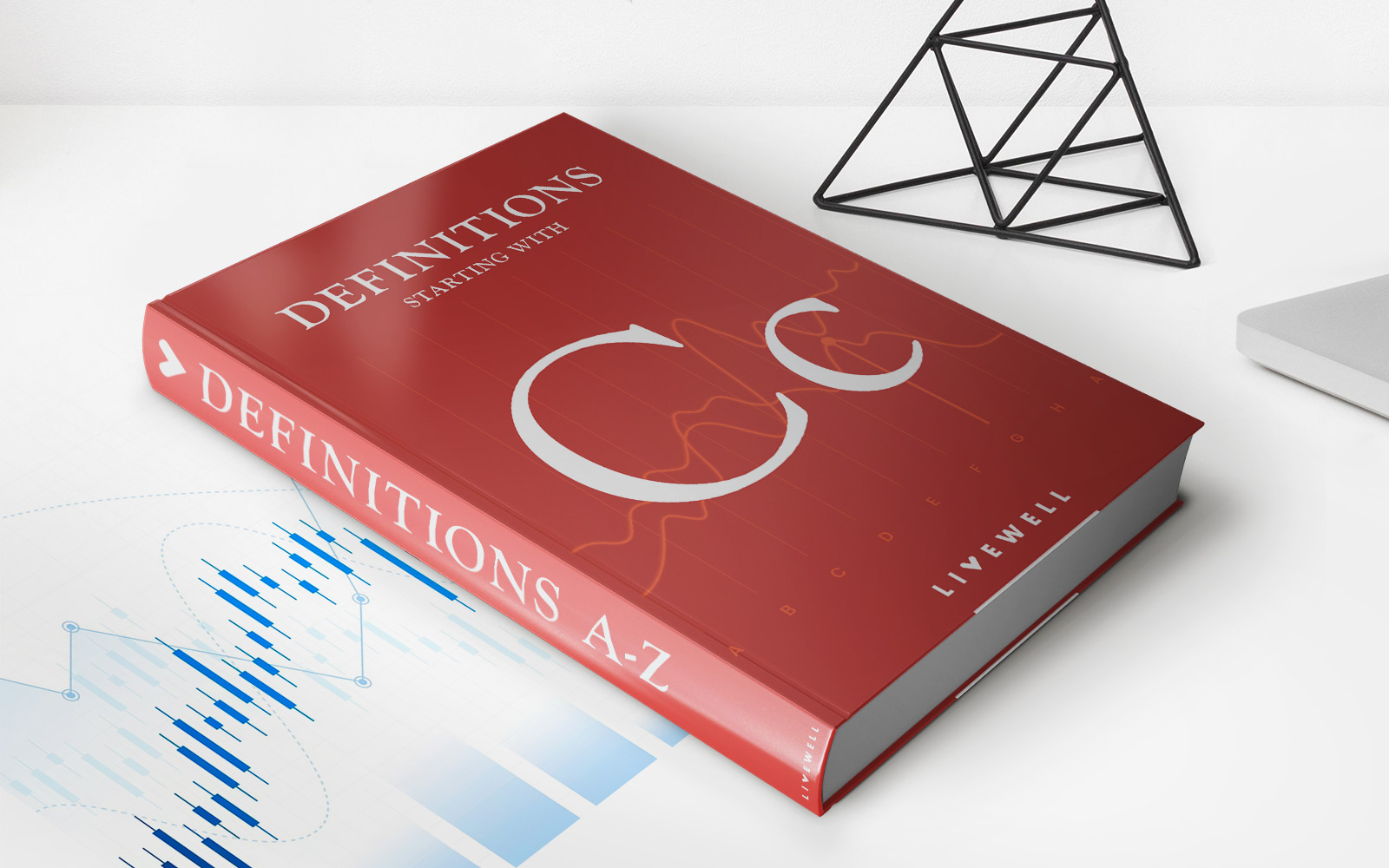Home>Finance>Red Candlestick Definition, What It Tells You, How To Use It
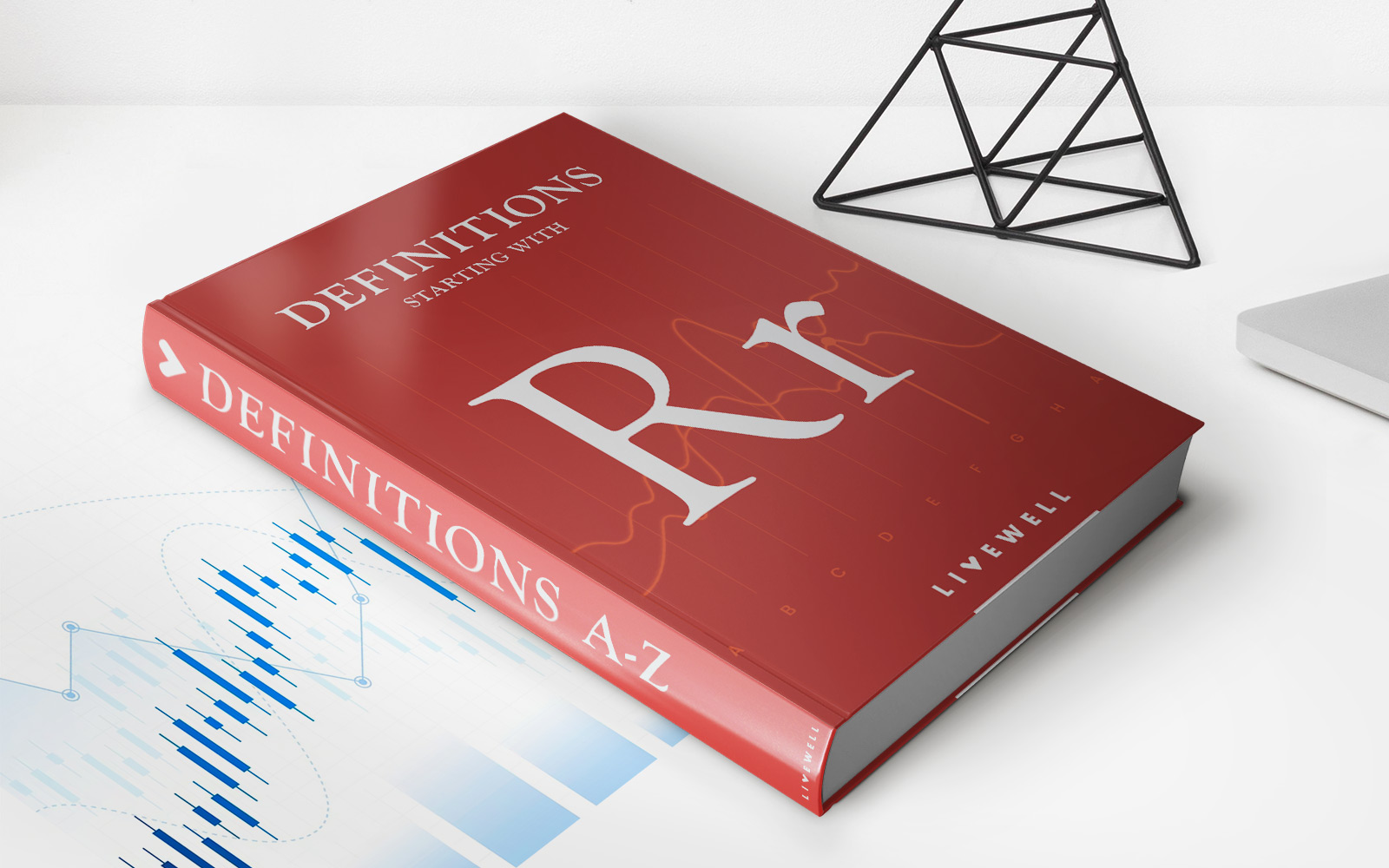

Finance
Red Candlestick Definition, What It Tells You, How To Use It
Published: January 17, 2024
Learn what a red candlestick is, how it provides important information in finance, and discover effective ways to utilize it for smart investment decisions.
(Many of the links in this article redirect to a specific reviewed product. Your purchase of these products through affiliate links helps to generate commission for LiveWell, at no extra cost. Learn more)
Understanding the Red Candlestick: A Powerful Tool for Financial Analysis
Finance is a dynamic field that requires constant monitoring and analysis. To make informed decisions, it is essential to have the right tools at your disposal. One such tool is the red candlestick, a popular charting pattern used in technical analysis. This blog post will dive into the definition of a red candlestick, what it tells you about market sentiment, and how you can use it to your advantage.
Key Takeaways:
- A red candlestick represents a bearish market sentiment, indicating a potential downward movement in the price of an asset.
- It provides valuable information about the opening, closing, high, and low prices during a specific time period.
What is a Red Candlestick?
A red candlestick, also known as a bearish candlestick, is a visual representation of market sentiment during a specific time period. It is commonly used in candlestick charting, a technique that analyzes price patterns to predict future market movements. The color red signifies a downward movement, indicating that the closing price of the asset is lower than the opening price.
Each red candlestick consists of a rectangular body, called the real body, and two lines extending from the body, known as shadows or wicks. The top of the upper shadow represents the high price, while the bottom of the lower shadow represents the low price during the specified time period. The length of the real body provides visual cues about the intensity of the bearish sentiment. A longer body indicates a more significant price decline.
So, what does a red candlestick tell you about market sentiment? When you come across a red candlestick, it suggests that sellers are dominating the market, leading to a potential downtrend in the price of the asset. Traders and investors use this information to assess the timing of their trades and manage their risk accordingly.
How to Use the Red Candlestick in Financial Analysis
Now that you understand the basics of a red candlestick, let’s explore how you can use it in your financial analysis:
- Identifying Trend Reversals: When a red candlestick occurs after a prolonged uptrend, it may signal a potential reversal in the market direction. Traders often look for red candlestick patterns as a warning sign to exit their long positions or potentially initiate short positions.
- Confirming Resistance Levels: Red candlesticks formed near resistance levels can indicate a higher probability of the price failing to break through that level. If you observe several consecutive red candlesticks at a resistance level, it might provide additional confirmation for considering a potential short trade.
By incorporating the insights provided by red candlesticks into your financial analysis, you can make more informed trading decisions. Remember, though, that the red candlestick is just one tool in your arsenal, and it is essential to use it in conjunction with other technical indicators and fundamental analysis to gain a comprehensive understanding of the market.
Conclusion
The red candlestick is a powerful tool in the world of finance that can help you navigate the complexities of the market. By understanding its definition, interpreting the market sentiment it represents, and using it strategically in your analysis, you can enhance your ability to make successful trades. Keep in mind that mastering the art of financial analysis requires practice and continuous learning, so embrace new tools and techniques to stay ahead of the curve.
